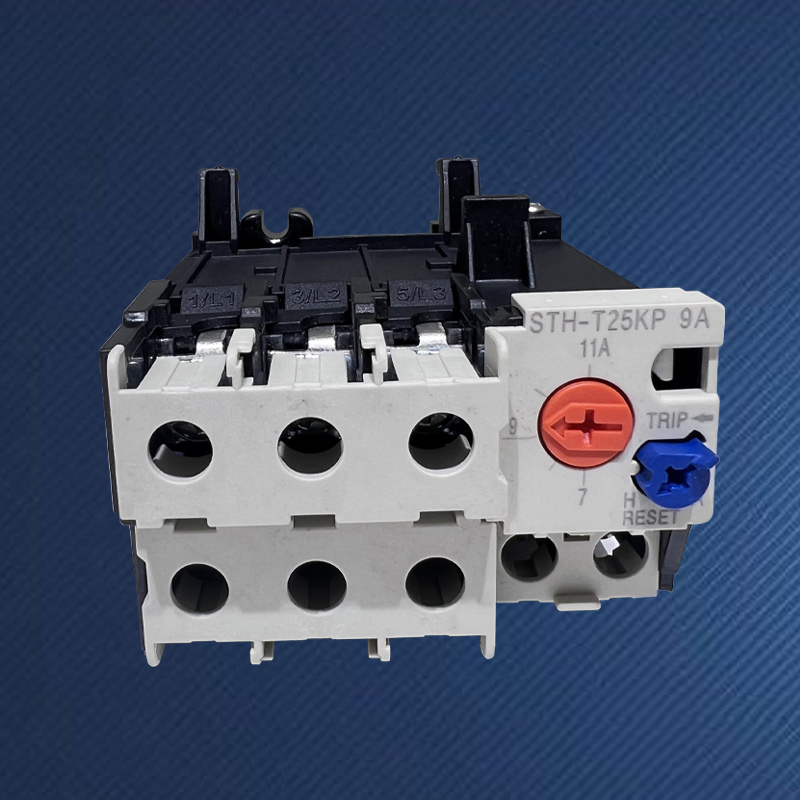Functions and Considerations for Electrical Relays
2024-07-18
An electrical relay is a device used to control or switch electrical circuits electronically or electromechanically, based on a control input. Here are the key features, functions, and considerations for electrical relays:
Key Features:
1. Switching Capability:
- Contact Configuration: Normally Open (NO), Normally Closed (NC), or Changeover (CO) contacts for different switching applications.
- Current Rating: Determines the maximum current that can be switched by the relay contacts.
2. Control Input:
- Coil Voltage: Voltage applied to the relay coil to energize and activate the switching mechanism.
- Activation Methods: Controlled by electrical signals (voltage or current) from sensors, switches, timers, or PLCs (Programmable Logic Controllers).
3. Types of Relays:
- Electromechanical Relays: Use an electromagnetic coil to mechanically operate contacts.
- Solid-State Relays (SSRs): Use semiconductor devices (e.g., thyristors, transistors) to switch AC or DC loads without moving parts.
- Reed Relays: Have contacts sealed in a glass tube and are actuated by a magnetic field.
4. Applications:
- Industrial Automation: Control motors, solenoids, lights, heaters, and other industrial equipment.
- HVAC Systems: Manage heating, ventilation, and air conditioning systems.
- Automotive: Control lighting, fans, and other electrical systems in vehicles.
- Telecommunications: Switch circuits in telephone exchanges and communication systems.
- Consumer Electronics: Found in appliances, home automation systems, and electronic gadgets.
5. Protection and Features:
- Transient Suppression: Built-in diodes or varistors to suppress voltage spikes and protect sensitive components.
- Reliability: Designed for high reliability and long life under specified operating conditions.
- Mounting: Available in various mounting styles, including PCB (Printed Circuit Board) mount, socket mount, panel mount, and DIN rail mount.
6. Specialized Relays:
- Latching Relays: Maintain their last state (energized or de-energized) without continuous coil power.
- Safety Relays: Ensure safe operation by monitoring multiple input signals and activating safety mechanisms.
- Time Delay Relays: Activate or deactivate circuits after a set time delay, useful in control applications requiring timing sequences.
Considerations:
- Load Type: Ensure the relay is rated for the type of load (AC or DC) and the voltage/current levels it will switch.
- Contact Rating: Match the relay's contact rating with the electrical load to prevent overheating and contact wear.
- Environmental Conditions: Consider factors like temperature, humidity, and vibration tolerance for reliable operation.
- Lifecycle and Maintenance: Check expected lifecycle and maintenance requirements, particularly for electromechanical relays with moving parts.
Benefits:
- Isolation: Provides electrical isolation between control circuitry and the high-power load circuit.
- Versatility: Offers flexibility in controlling different types of loads and accommodating various control inputs.
- Reliability: Enhances system reliability by reducing wear on control switches and facilitating automated control sequences.
Electrical relays are fundamental components in electrical and electronic systems, enabling efficient and reliable control of electrical circuits across a wide range of applications in industrial, automotive, residential, and commercial sectors.



